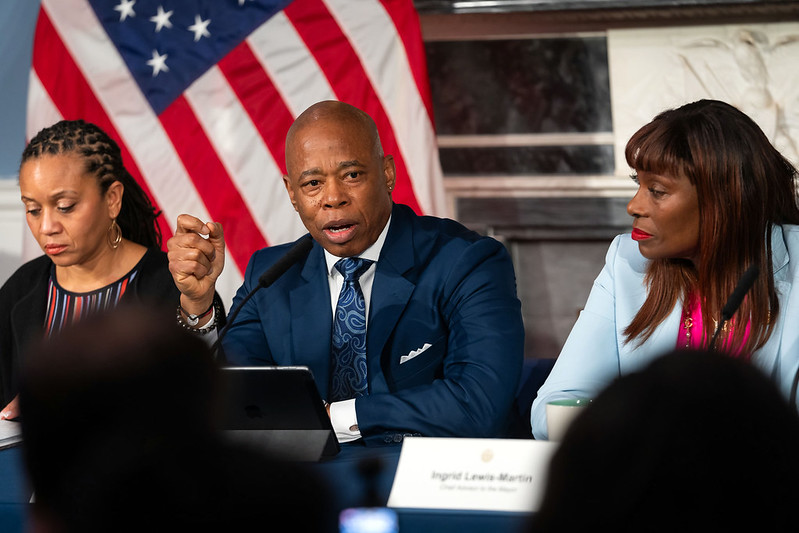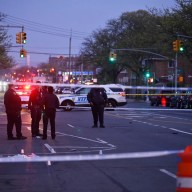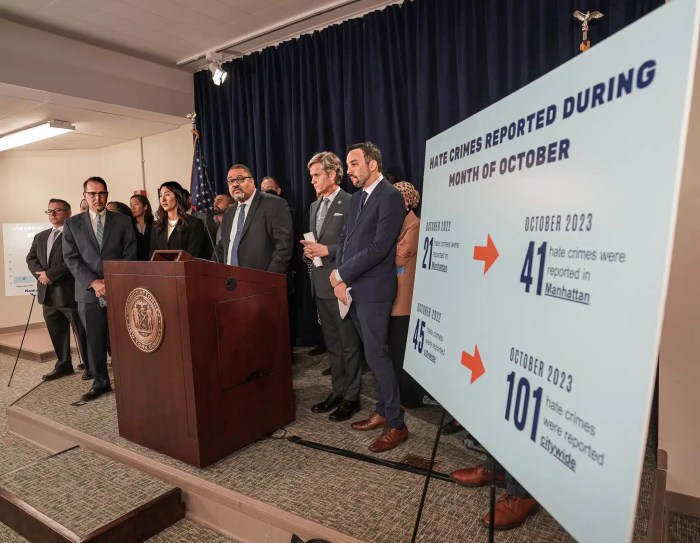By Adam Kramer
Even though Queens experienced a jump in its population over the 10-year period from 1990 to 2000, it did not receive any additional state senate seats despite being awarded two new state assembly seats.
The borough’s constituency in Albany remains at seven state senate senators for the November 2002 elections. What did change was the shape of the districts. A new senate district was formed in Jackson Heights, while two seats the Forest Hills and Flushing area were combined into one seat.
New York legislative and congressional district lines are redrawn every 10 years to accommodate population shifts throughout the state and are based on the latest census population numbers. Queens was given two additional assembly seats because the borough’s population grew to more than 2 million and the upstate population declined.
The state was forced to give up two congressional seats for the 2002 elections. With seats allocated based on population, New York state grew only by a rate of 5.5 percent, while the country grew at a rate of 13.2 percent, according to the 2000 Census figures.
A spokesman for the State Board of Election said the group that laid out the districts renumbered them in some cases. Queens was forced to change its district numbers because of the new senate district and the combining of two districts into one.
District 10 – State Sen. Ada Smith’s (D-Jamaica) coverage area was expanded to include a larger chunk of Brookville, Springfield Gardens, St. Albans and Laurelton in the northeast part of her district. What has been the old District 12 was also expanded into Forest Hills and Richmond Hill.
District 11 — State Sen. Frank Padavan (R-Bellerose)’s district, which stretches from Bellerose through Bayside to Whitestone and Little Neck, stayed almost exactly the same. It lost a small section of Kew Gardens Hills but added a slice of College Point.
District 12 — State Sen. George Onorato (D-Long Island City) picked up sections south of his old District 14 but lost a part of his coverage area to the north. He gained parts of West Maspeth, Ridgewood and Woodside, but he was forced to relinquish a chunk of Ditmars, Steinway, Elmhurst and Bay Terrace.
District 13 – The new state senate district stretches from the Brooklyn Queens Expressway to the Grand Central Parkway and from Horace Harding Expressway to the Grand Central Parkway above Astoria Boulevard. It encompasses Jackson Heights, Elmhurst, Corona and a slice of Woodside.
District 14 — State Sen. Malcolm Smith’s (D-St. Albans) old District 10 lost parts of Laurelton, Springfield Gardens and South Jamaica but acquired small slivers of Fresh Meadows, Hollis Hills and Jamaica Estates.
District 15 — State Sen. Serphin Maltese’s (R-Maspeth) new district looks basically the same as the old district except it lost some of its outlying areas. Parts of West Maspeth, Ridgewood, Lindenwood and Ozone Park were lost. He picked up a slice of Rego Park and Forest Hills.
District 16 — State Sen. Toby Stavisky’s (D-Flushing) and state Sen. Dan Hevesi’s (D-Forest Hills) districts were combined into one district. Hevesi decided to not seek re-election, which leaves Stavisky as the incumbent for the district. It combines sections of the old District 16 and the old District 13.
The district includes parts of Forest Hills, Middle Village, Elmhurst and Rego Park from Hevesi’s coverage area. Sections of Flushing, Jamaica Estates and College Point in Stavisky’s old district are a part of the new district.
Sections of Rego Park, Middle Village and Richmond Hill from the old District 13 and sections of Whitestone, Murray Hill and College Point in the old District 16 were placed into other districts.
Reach reporter Adam Kramer by e-mail at Timesledgr@aol.com or call 229-0300, Ext. 157.
































